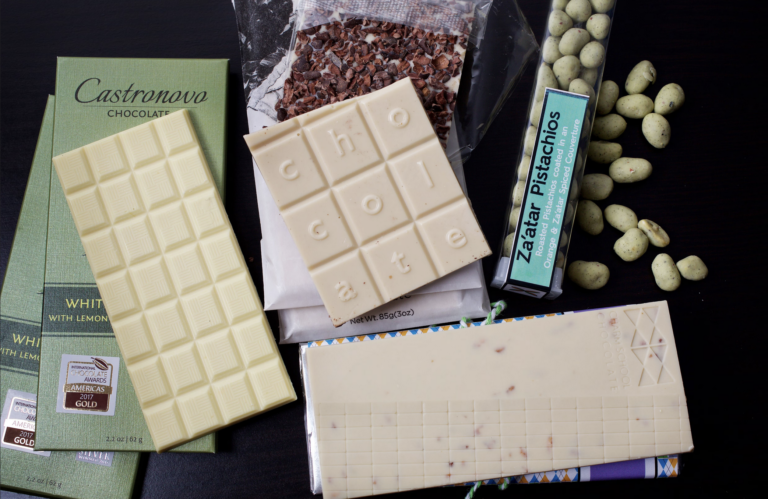
Best White Chocolate in the World
This article explores the origins and history of chocolate, tracing cacao’s use and cultural significance among ancient Mesoamerican civilizations like the Maya and Aztec. It
News > How to Taste Chocolate Like a Professional
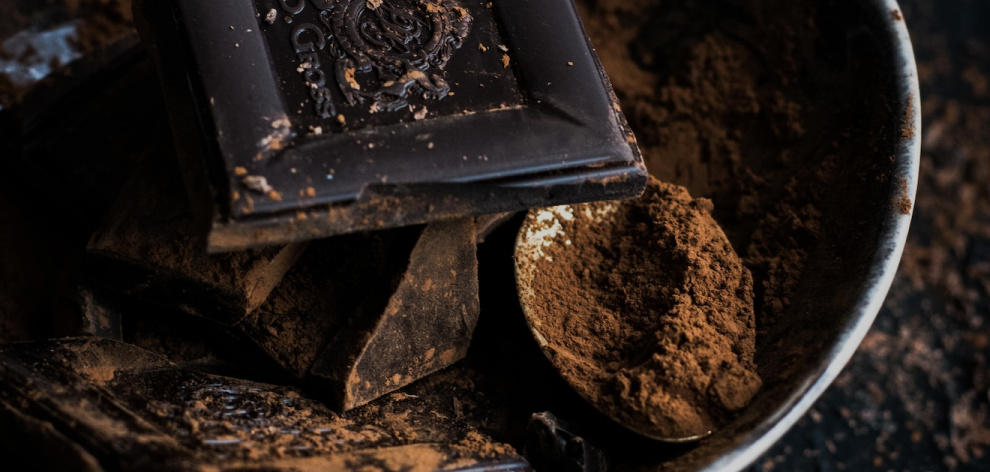
Tasting chocolate like a professional requires practice, attention to detail, and an understanding of the chocolate-making process. Whether you’re a chocolate connoisseur or just looking to impress your friends with your tasting abilities, these tips from Gerfried Ammann, a craft chocolate maker and sommelier in Geneva, will help you understand and appreciate the nuances of fine chocolate.
Start with good quality chocolate: To taste chocolate like a pro, make sure you’re starting with a high-quality product. Look for chocolate that is made with high-quality cocoa beans and has a smooth, shiny appearance. Avoid chocolate that is dull or has a grainy texture, as these are signs of a lower quality product.
Observe the appearance: Before tasting the chocolate, take a moment to observe its appearance. The shell should be mahogany brown in color and slightly reflective. The coloring should neither be too black or too dull.
Smell the chocolate: Take a moment to smell the chocolate before tasting it. Pay attention to the aromas, which can range from fruity to nutty to spicy. This will give you a good indication of the flavors you can expect when you taste the chocolate.
Pay attention to the texture: As you taste the chocolate, pay attention to its texture. A high-quality chocolate should melt smoothly in your mouth, rather than being crunchy or waxy.
Notice the flavors: As you continue to taste the chocolate, try to identify the specific flavors that you’re experiencing. Chocolate can have a wide range of flavors, including nutty, fruity, spicy, and even floral notes.
Consider the aftertaste: After you’ve fully experienced the texture and flavor of the chocolate, swallow it and take a moment to consider the aftertaste. The aftertaste of the chocolate can often be just as important as the initial flavor.
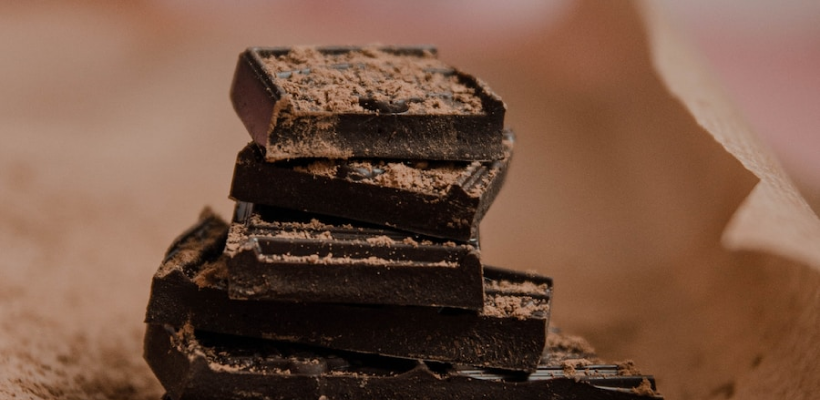
When tasting chocolate, it’s important to note the texture and smell before tasting it. A high-quality chocolate should offer a seamless progression of flavors when consumed, starting with the chocolate itself, followed by fruit, spices or infusions, and finishing with a lingering note of chocolate.
According to Ammann, it’s best to start with fruits when developing recipes for chocolate. “Fruits are the easiest flavors to marry with chocolate,” he says, “while spices require a specific measurement so as not to overwhelm the chocolate. Most importantly, the taste is determined by the quality of the chocolate, not the cacao percentage.”
By following these tips and using all of your senses, you’ll be able to taste chocolate like a professional and fully appreciate the nuances of fine chocolate. So the next time you enjoy a piece of chocolate, take a moment to really savor it and experience all that it has to offer.
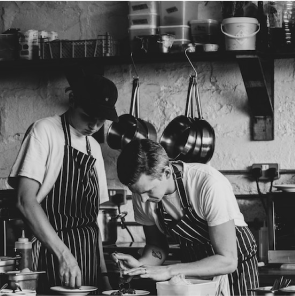
The newly awarded bars have seen a rise in the use of Indian cacao, notably from the Idukki region of Kerala, with its ideal cacao growing conditions.
Read more +

This article explores the origins and history of chocolate, tracing cacao’s use and cultural significance among ancient Mesoamerican civilizations like the Maya and Aztec. It
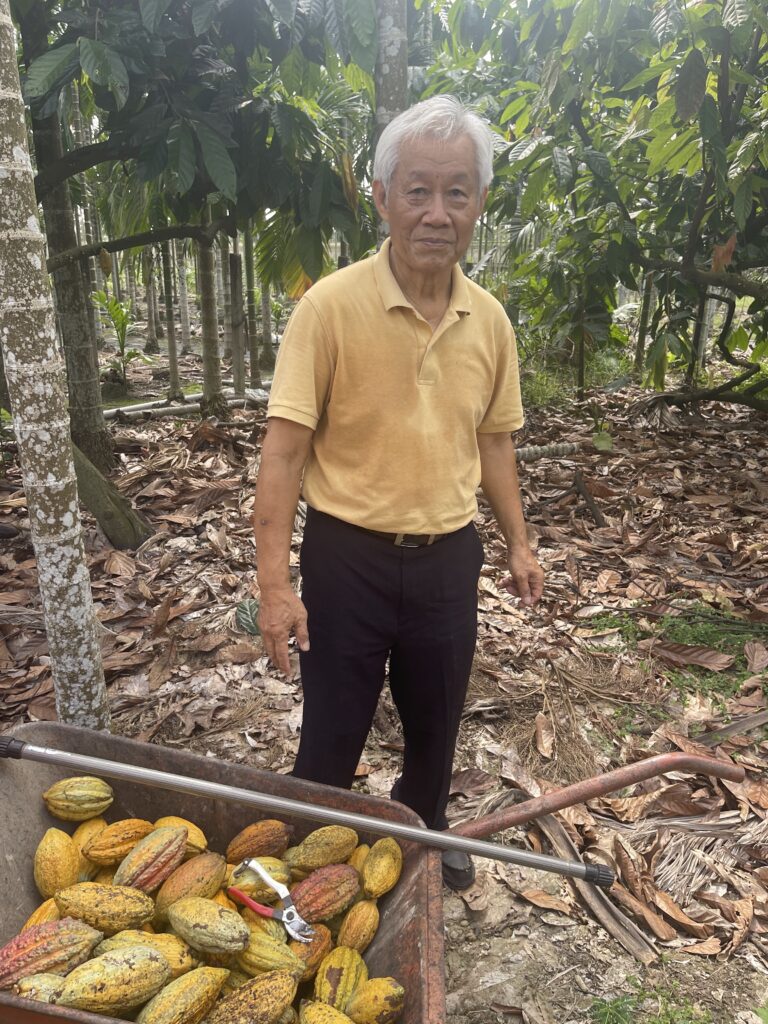
Embark on a journey through Taiwan’s lush Pingtung County, where 77-year-old Mr. Chou pioneers small-scale cacao farming, and award-winning chocolatier Jade Li transforms each harvest
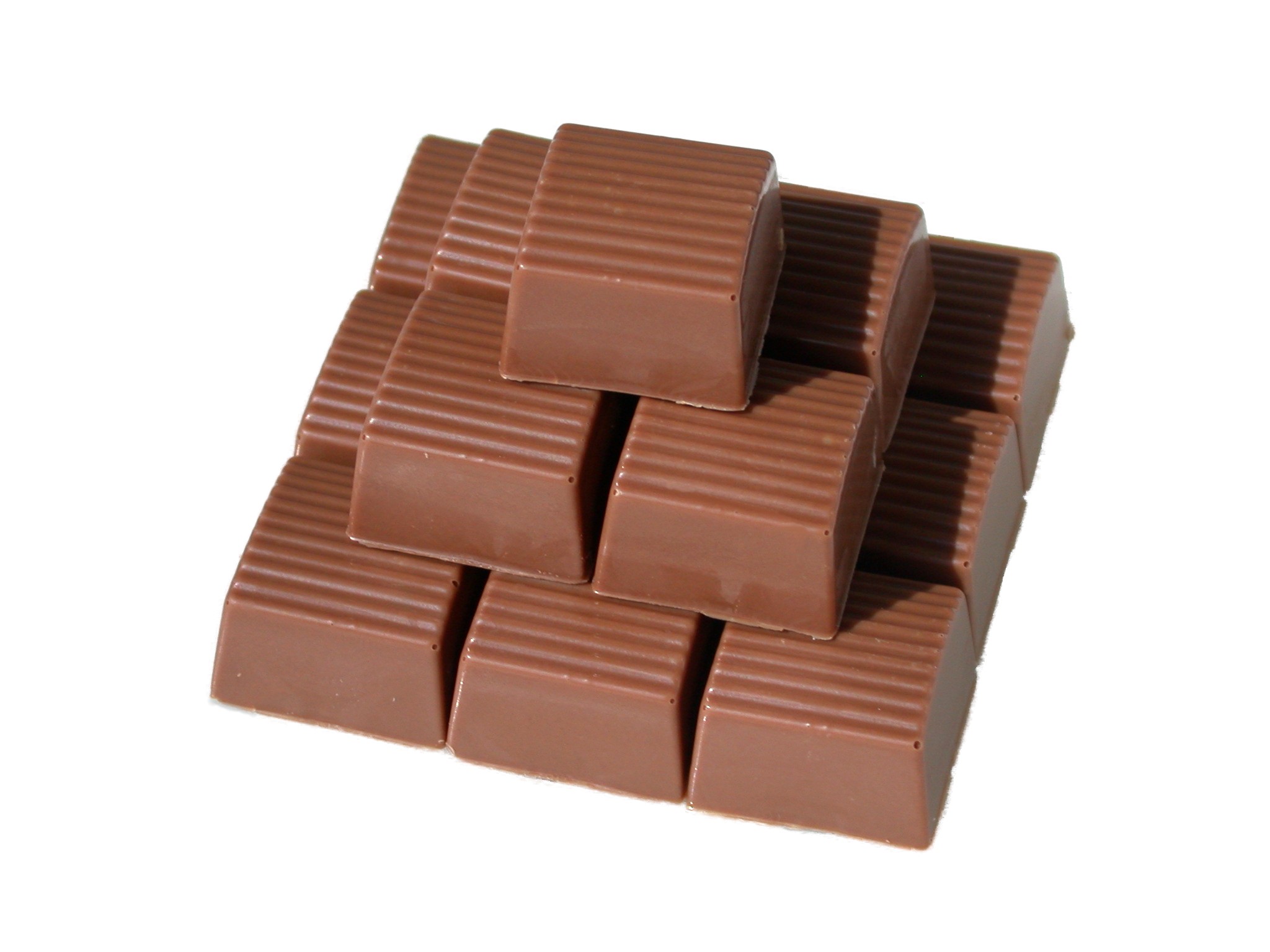
Explore the delicious evolution of the best-selling chocolate bar, indulging in a rich history of flavor innovation and timeless satisfaction. Join us on a sweet journey through the irresistible transformation of the chocolate bar.
Keep up-to-date on upcoming chocolate awards